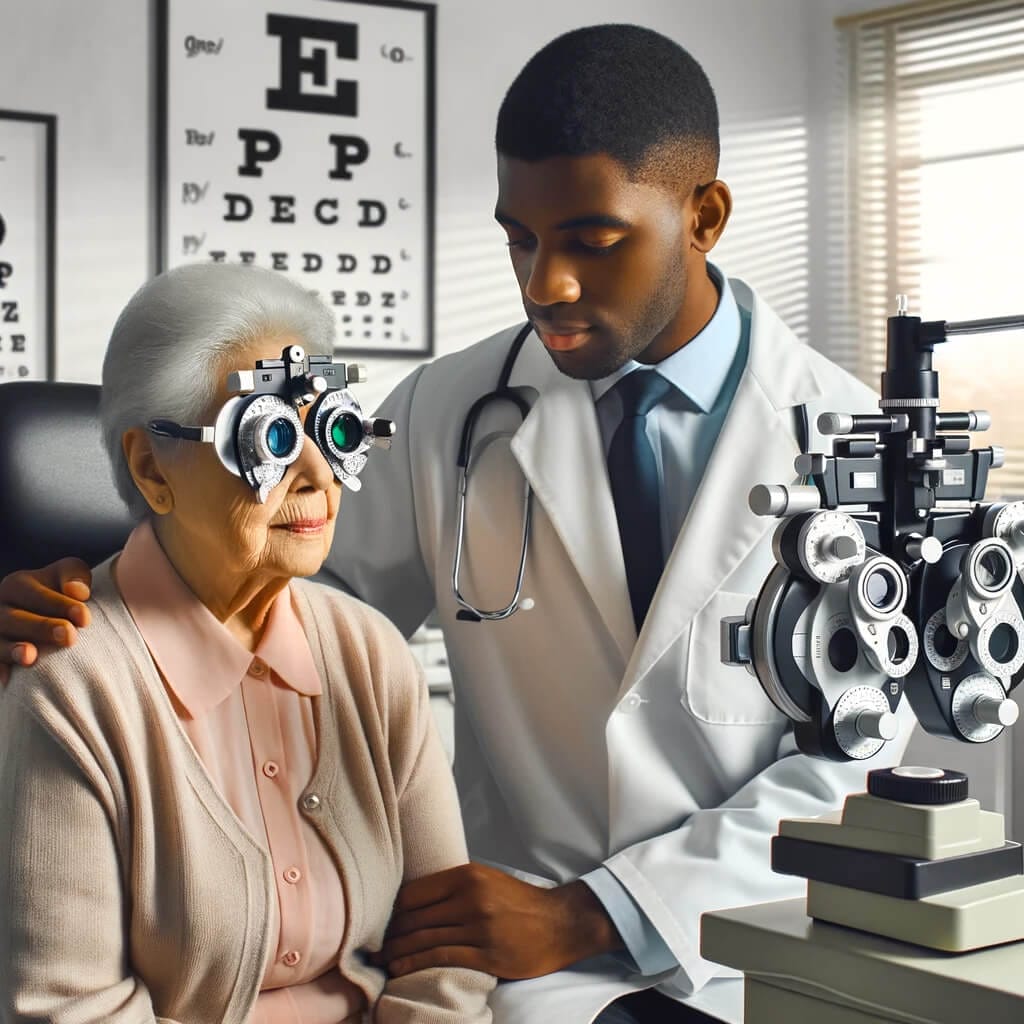Can You See with Polycoria?
The most pressing question for many is whether individuals with polycoria can see normally. The answer is both complex and fascinating. Vision in polycoria can vary significantly from one individual to another, influenced by factors such as the number of pupils, their functionality, and the overall health of the eye. Some people with polycoria experience little to no impact on their vision, while others may encounter challenges such as blurred vision, light sensitivity, or difficulties with depth perception.
The presence of multiple pupils affects how light enters the eye, which can lead to unique visual phenomena. For instance, individuals with polycoria might describe a kaleidoscope effect, with light fracturing into patterns that don't occur with a single pupil. This doesn't necessarily hinder their ability to see but can alter their visual experience in distinctive ways.
How Do People with Polycoria See?
To understand how people with polycoria perceive the world, consider the eye as a camera. In a standard eye, the pupil regulates the amount of light that reaches the retina, much like a camera aperture. In polycoria, having multiple apertures (pupils) means the eye may receive light in an unconventional manner, affecting the clarity and focus of the image formed on the retina.
Some individuals with polycoria adapt remarkably well to their unique visual circumstances, developing strategies to maximize their vision. For example, they may prefer certain lighting conditions or angles of view that minimize visual disturbances caused by their condition. This adaptability showcases the human brain's incredible ability to adjust to different sensory inputs, creating a coherent visual experience even under atypical conditions.

















